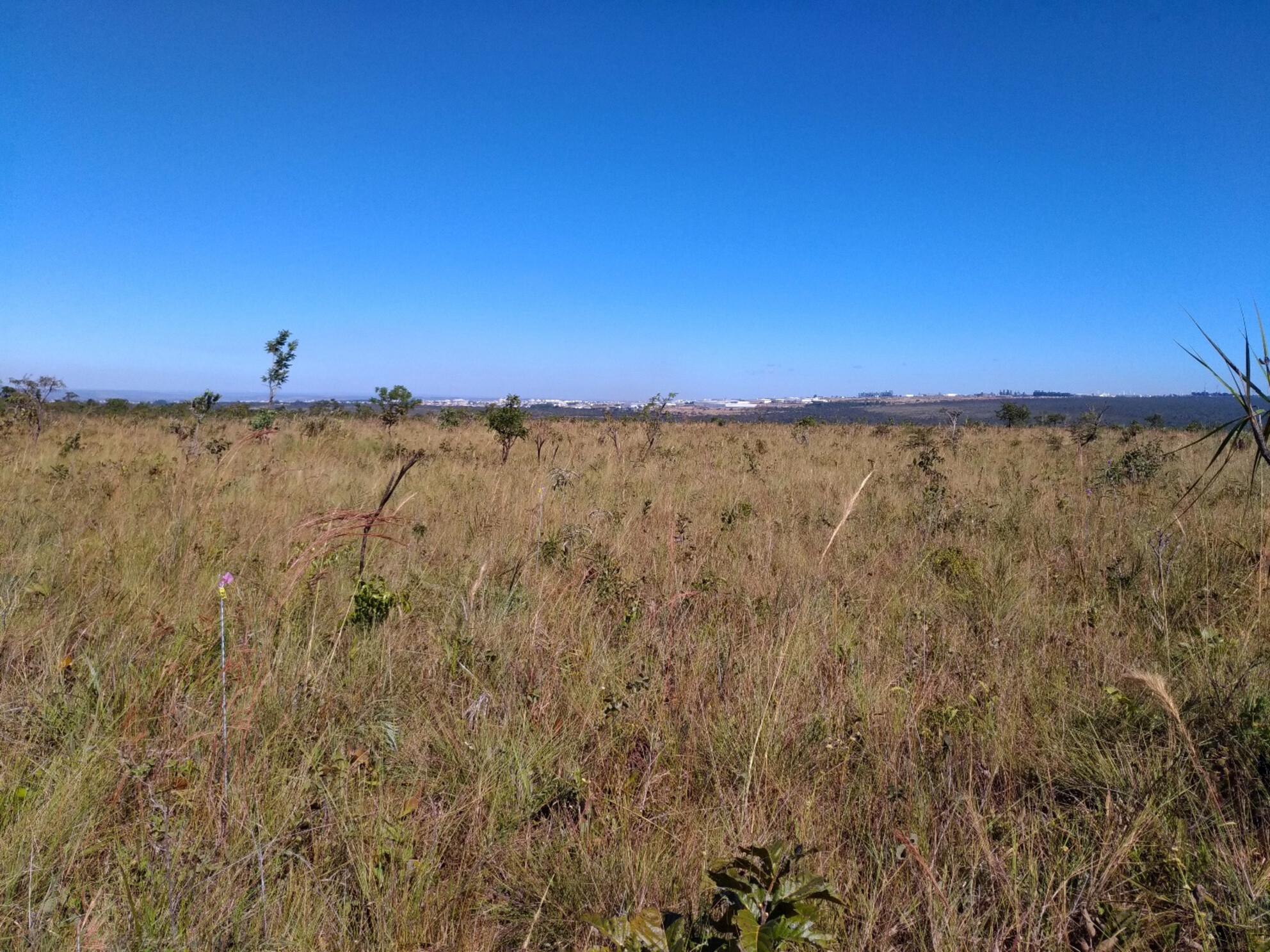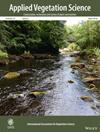Fire has contrasting effects on the survival, growth, and reproduction of Cerrado grasses with differing regenerative strategies
Abstract
Background
Cerrado grasses are closely linked to fire, but the mechanisms underlying their responses are poorly understood. Fire affects populations by altering vital rates, and different regenerative strategies likely influence responses as resprouting ability trades off with seeding investment. Specialist grasses mostly occupy old-growth habitats and rely almost entirely on vegetative regeneration, suggesting potentially higher fire tolerance than habitat generalists that can colonize anthropized and degraded habitats due to high seeding investment. Thus, we explored the effect of fire on one specialist (Trachypogon spicatus) and two generalist (Aristida riparia and Schizachyrium microstachyum) tussock grasses.
Location
Frequently burned grassland in Central Brazil.
Methods
We monitored the vital rates of 150 individuals/species in burned (prescribed late-dry-season fire) and unburned plots. Survival, resprouting, and reproduction were assessed monthly for six months post-fire and then again 16 months after fire. Tussocks were measured for size (area of the base) and vegetative height for changes in structure. We collected seed mass, seed fill, and germination rates from the literature.
Results
Fire negatively affected the generalist grasses, increasing mortality (+12%), decreasing size (50%), and inhibiting flowering and inflorescence production. The specialist benefited from burns, showing high survival (97%), recovery of pre-fire structure, and stimulated reproduction. Generalist species had a high investment in seeds (seed fill > 60%; germination > 50%), while the specialist produced empty seeds (88%) with low germination (3%). Size was not related to the probability of survival but significantly increased the reproductive output.
Conclusions
Results suggest that the specialist Trachypogon spicatus could persist under very frequent fires (e.g., annual), given its robust fire tolerance and post-fire recovery. Where this species is a restoration priority, it would likely benefit from techniques that promote vegetative regeneration rather than direct seeding. Contrarily, generalist grasses are less resilient to fires and require longer fire intervals to allow population persistence.


 求助内容:
求助内容: 应助结果提醒方式:
应助结果提醒方式:


